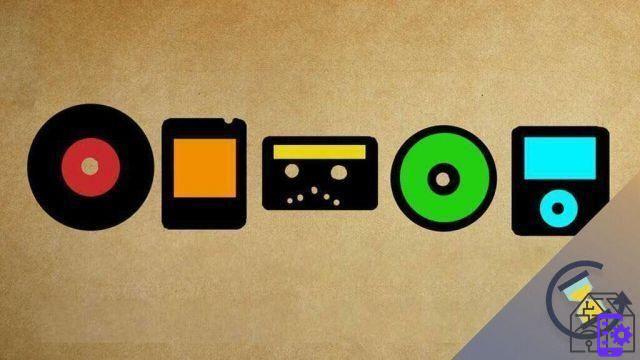
Listening to and enjoying music are actions practiced by man since ancient times and, as for man, they too have undergone profound changes over the course of history. In this new How It Has Changed article we will analyze togetherevolution of musical devices starting from the first objects for musical enjoyment up to Spotify. Phonograph, gramophone, vinyls, music cassettes, CDs, MP3s and finally the streaming liquid music are the fundamental stages that have marked the technological change of listening to music. Technology and innovation they are in fact two of the main factors that have led to the development of ever new ways of making and listening to music.
- History of musical devices: in the beginning it was the phonograph
- From graphophone to gramophone, musical devices in the 800th century
- Vinyl: the most revolutionary music device ever
- Evolution of musical devices: Stereo8 and its influence on cassette tapes
- History of Music Devices: Compact Disc, codenamed CD
- Evolution of music devices: streaming music and MP3
- Musical revolution 2.0: liquid music
- Evolution of music devices: what to expect from the future?
History of musical devices: in the beginning it was the phonograph
Invented by Thomas Edison, il phonograph it was described in an 1877 article in the New York Times as the invention that would give rise to major changes in social mores. The phonograph allowed, albeit in a "primitive" way, to record and play sound.
The phonograph is a mechanical device consisting of a cylinder covered with a thin sheet of tin which turned thanks to a crank. The bar to which the crank was attached was threaded so as to allow the cylinder not only to rotate, but also to translate along its own axis.
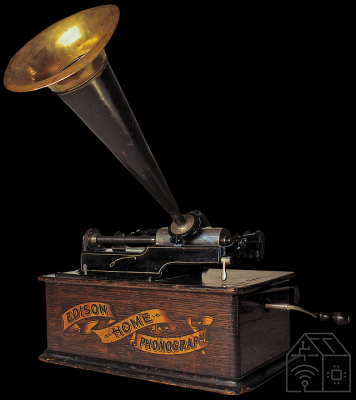
Near the cylinder was an acoustic horn with a metal-tipped membrane in contact with the cylinder. In registration phase, the trumpet captured the sound by vibrating the membrane that moved the metal tip, thus carving a trace on the tin plate.
The reproduction took place by retracing the previously engraved track at the tip which, in turn, it made the membrane vibrate emitting a sound then amplified by the acoustic horn.
From graphophone to gramophone, musical devices in the 800th century
In 1886, Edison's rival, Alexander Graham Bell, modified the phonograph by patenting the grafofono. Bell employed the same technology as Edison, but used a wax cylinder instead of the one with tin foil. This was a simpler and cheaper solution.
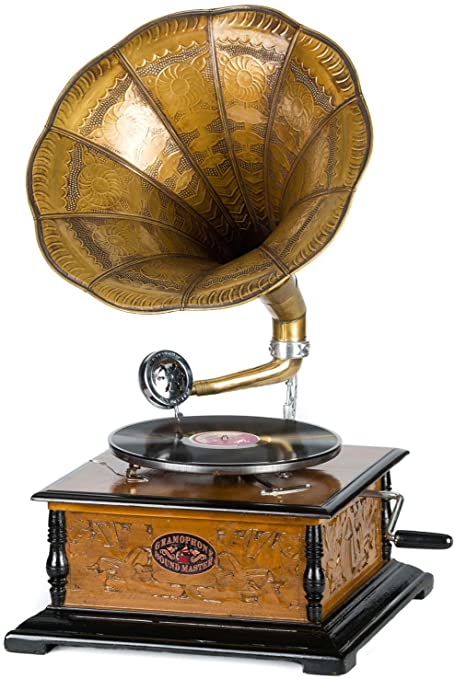 Subsequently, in 1888, Emile berliner invented the gramophone. It was the first device capable of record on flat discs, initially made of glass, which could be duplicated. The invention of the record soon established itself as a true standard of the time. In fact, it became one of the primary ways to listen to and record music for decades to come.
Subsequently, in 1888, Emile berliner invented the gramophone. It was the first device capable of record on flat discs, initially made of glass, which could be duplicated. The invention of the record soon established itself as a true standard of the time. In fact, it became one of the primary ways to listen to and record music for decades to come.
Vinyl: the most revolutionary music device ever
There is no doubt that among the revolutions that have had the most not only a technological impact, but also a social one, we find that of vinyl. Increasingly popular towards the second half of the twentieth century, discs were no longer made of glass or wax, but of vinyl plastic.
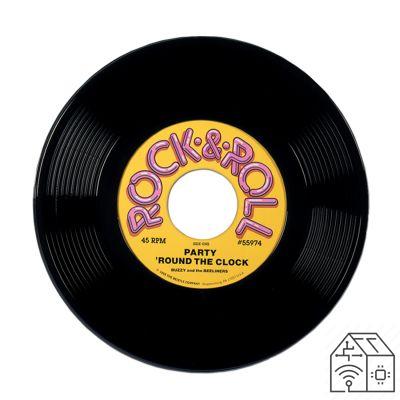 Il vinyl it is more practical, lighter and more resistant. It is an innovation that has pushed music to become a widespread private hobby within everyone's reach. Introduced in 1948 in the United States, the 33 rpm vinyl record is the newborn of the evolution of its ancestor in shellac at 78 rpm.
Il vinyl it is more practical, lighter and more resistant. It is an innovation that has pushed music to become a widespread private hobby within everyone's reach. Introduced in 1948 in the United States, the 33 rpm vinyl record is the newborn of the evolution of its ancestor in shellac at 78 rpm.
The turntable
Il giradischi imposes itself in the magnificent 50s as a status symbol of a new generation ready to leave behind the harmful effects of the war and want to enjoy the vital boom of the new decade. At the end of that period, the large appliance chains began to produce the famous disc player, for an portable battery-powered turntable perfect to listen to the 45s in the car, outdoors at picnics and just about everywhere. From this moment, the music breaks down the barrier of the home nest and begins to invade even the extra domestic spaces.
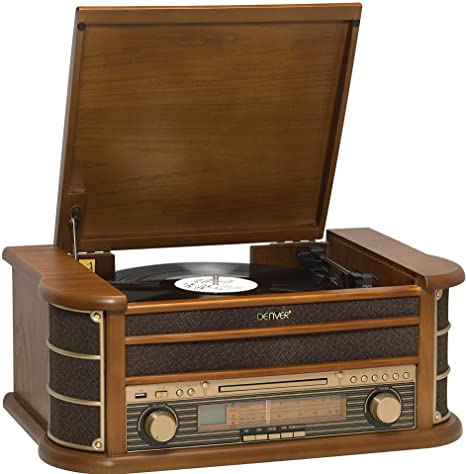
Evolution of musical devices: Stereo8 and its influence on cassette tapes
Name deriving from the cassette format, lo Stereo8 is a standard for audio recording on magnetic tape. In the 60s and 70s it was especially successful for use inrecord industry. Later, it spread as material to be listened to in car radios.
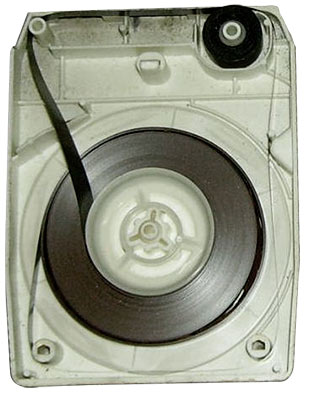 The Stereo8 was immediately replaced by the cassette tapes, more manageable because of small dimensions. Magnetic memory device, the cassette stores data and information sequentially on magnetic tape.
The Stereo8 was immediately replaced by the cassette tapes, more manageable because of small dimensions. Magnetic memory device, the cassette stores data and information sequentially on magnetic tape.
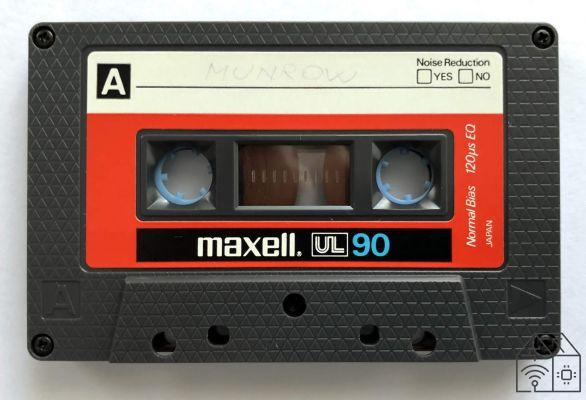 The cassette player
The cassette player
The music device used to listen to cassette tapes is the cassette player. It allowed you to listen to music, but also to record it. It was a real innovation that gave birth to the age of the gods mixtape. The cassette player made it possible to record the songs listened to on the radio on cassette tapes, thus creating customized compilations.
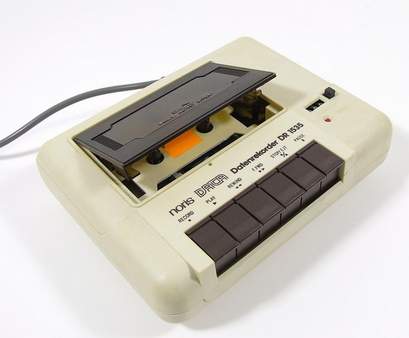 Object that has depopulated everywhere has been the famous Boombox in the 80s. Capable of playing cassettes and recording, the Boombox is a great cassette player also used by early rappers and DJs. Its strong point was to shoot the music at very high volume thanks to its woofers capable of pushing the bass up to 150 decibels.
Object that has depopulated everywhere has been the famous Boombox in the 80s. Capable of playing cassettes and recording, the Boombox is a great cassette player also used by early rappers and DJs. Its strong point was to shoot the music at very high volume thanks to its woofers capable of pushing the bass up to 150 decibels.
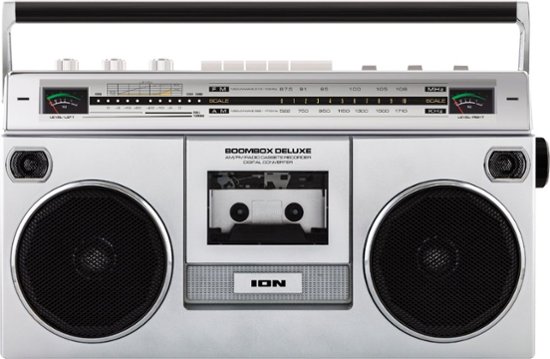 The walkman
The walkman
Also in the 80s, the device for listening to music that allowed the cassette to surpass the sales of vinyl was the Walkman. Little understood and not accepted at the beginning, the Walkman was one of Sony's best-selling products, with 400 million pieces. For this reason, it has forever revolutionized the way people listen to music.
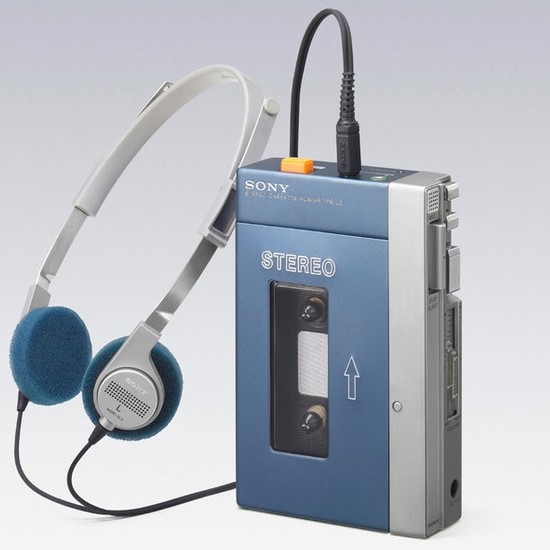
History of Music Devices: Compact Disc, codenamed CD
In 1982, a new technology for listening to music was announced to the world. The Compact disc, later known as CD, was born in 1979 from the collaboration between two of the largest technology companies in the world: Philips e Sony. Target: create something small, extremely thin and capable of holding about 74 minutes of audio.
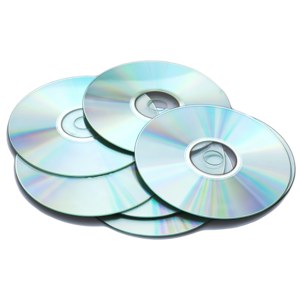 However, it took more than a decade for CDs to set the standard for listening to music. Sony introduced the first portable CD player at a price of about $ 200, fifty more than the old Walkman. The CD became the music - and even video with DVD - device for home entertainment. Over time, the price dropped and the Compact Disc and its player were present in all homes.
However, it took more than a decade for CDs to set the standard for listening to music. Sony introduced the first portable CD player at a price of about $ 200, fifty more than the old Walkman. The CD became the music - and even video with DVD - device for home entertainment. Over time, the price dropped and the Compact Disc and its player were present in all homes.
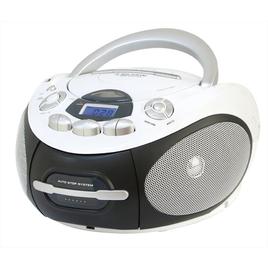
Evolution of music devices: streaming music and MP3
From the 90s onwards, the path that music takes is that of digital in a definitive way. In this context, the musical devices used to reproduce it also change.
Formalmente chiamato Moving Picture Expert Group-1/2 Audio Layer 3, the MP3 is the abbreviation of an algorithm and is the encoding of a compressed audio file, known by all as .mp3. This algorithm was developed by the group MPEG, namely the Moving Picture Experts Group, or a technical committee formed by the international organizations ISO and IEC.
It was created with the aim of defining standards for the representation in digital form of audio, video and other types of multimedia content, in order to satisfy a wide variety of applications. Among these is the extension to play music, which can make a clean cut in the amount of data required to store a sound. Also, it keeps a faithful reproduction of the original file and uncompressed.
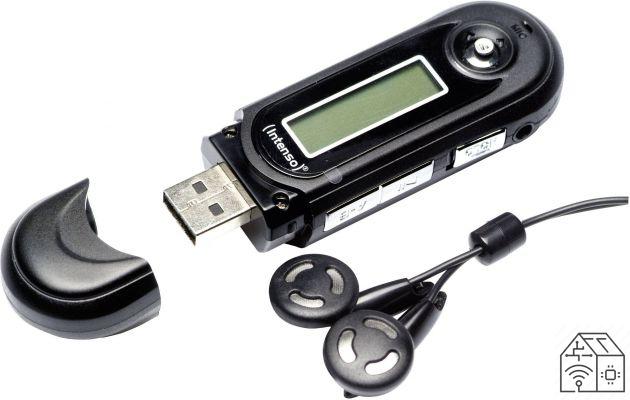 Released in 1995, the first MP3 player He was called Winplay3. Many people have been able to encode and play MP3 files on their PCs. But due to the relatively small (500-1000MB) hard drives of the time, lossy compression was required to store multiple albums.
Released in 1995, the first MP3 player He was called Winplay3. Many people have been able to encode and play MP3 files on their PCs. But due to the relatively small (500-1000MB) hard drives of the time, lossy compression was required to store multiple albums.
Over the years, the popularity of MP3s began to increase. Some websites even offered thousands of MP3s created by independent artists for free. The small size of MP3 files allowed peer-to-peer file sharing of music from CDs, which previously would have been nearly impossible.
iPod
The increase in popularity and use of the MP3 format occurred with the sale of the‘iPod. Presented by Apple in 2001, iPod is a hard disk and flash memory based digital music player. There are six generations of iPods, each with their own characteristics, as well as several models (classic, mini, nano, shuffle e touch).
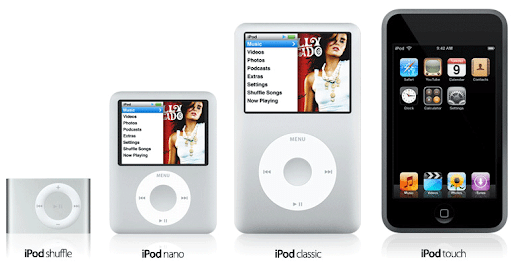
Musical revolution 2.0: liquid music
If once listening to music required a mechanical instrument for its reproduction (as we have seen stereos, cassette players, etc.), today the physical medium is no longer strictly related to music. Today music is a multimedia “object” such as a PC, tablet or smartphone.
MP3s and CDs are still in use, but the direction that is increasingly gaining ground is that oflistening in streaming. In this way you do not have any physical copy of the song, but you can listen to it using your internet connection (data or Wi-Fi).
It is through the internet connection that there is the possibility to listen to music from the major liquid music distributors, such as YouTube and Spotify.
Youtube e Spotify
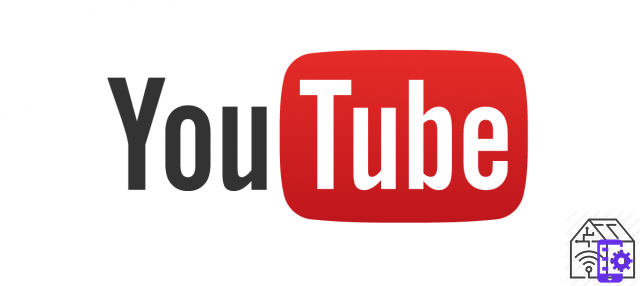 Not only music but also videos: Youtube is the primary and preferred source of millions of users for listening to free music. A simple search in the library is enough to find all the tracks you want. In recent times, the Premium version is also making its way.
Not only music but also videos: Youtube is the primary and preferred source of millions of users for listening to free music. A simple search in the library is enough to find all the tracks you want. In recent times, the Premium version is also making its way.
Equally popular it is Spotify, of Swedish origin, which offers music streaming on demand. Launched in 2008, Spotify has around 300 million users (for those using the free and paid versions of the service). The convenience of Spotify comes from the fact that music can be viewed by artist, album, label, genre, playlist, and direct searches.
 Both YouTube and Spotify can be linked to your social account, thus sharing the music you are listening to on your profile. This is one of the major reasons why these two "devices" of musical enjoyment are so successful.
Both YouTube and Spotify can be linked to your social account, thus sharing the music you are listening to on your profile. This is one of the major reasons why these two "devices" of musical enjoyment are so successful.
Evolution of music devices: what to expect from the future?
The world of music has undergone a clear revolution and evolution, moving from physical media to MP3s up to online streaming services. An important factor to underline is the fact that for some years now the fashion of vintage has exploded. In homes, the unmistakable sound of turntables and vinyl, by more or less recent artists, is once again depopulated.
Surely the future will still bring many innovations in this sector, with services increasingly aimed at satisfying the needs of users. The possibilities are endless and a series of changes will improve the experience, already heavily optimized thanks to all the technological innovations of our time.


























